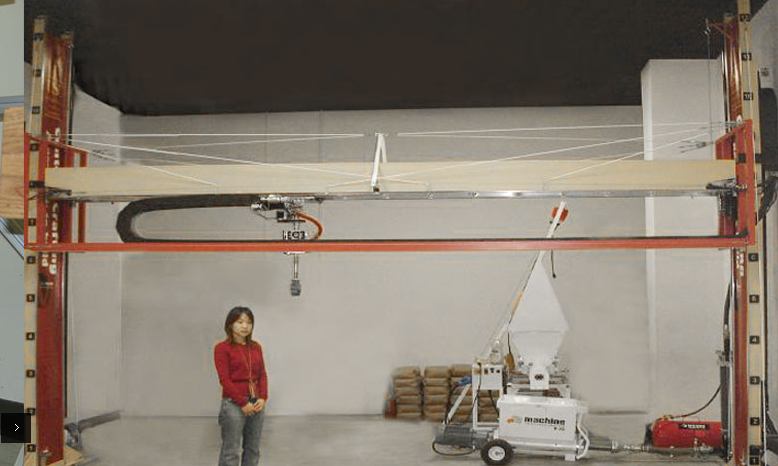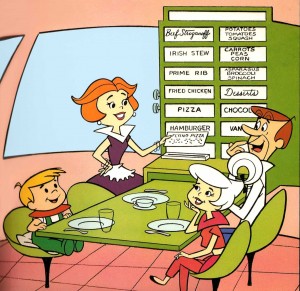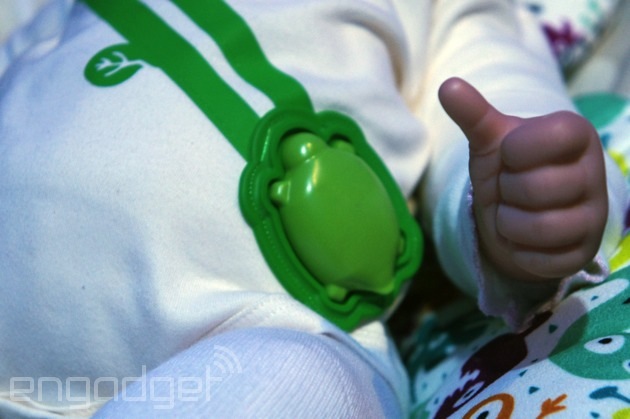Urry and Elliot (2010) discuss a future scenario of the digital city which has used technology to respond to and combat the environmental issues brought about by human-induced global warming. A techno-optimist view widely held by publics, scholars, corporations and governments alike. Authorised by a dominant discourse advocating reliance upon conceptions of evidence and proof, science and technology, rationality and objectivity, we have convinced ourselves a detachment from, and an intelligence, power and technological control over the environment, our surroundings and ourselves (Adams 1998). By extending our human powers through science and technology, through digital sensor monitoring, we believe we can address, undo, and reverse the environmental damage we continue to cause.
Furthermore through individually quantifying behaviors and habits through ‘miniaturised mobilities’, Elliot and Urry argue that this “…enable(s) people to deposit affects, moods and dispositions into techno-objects – storing such emotional and aesthetic aspects of self-experience until they are ‘withdrawn’ for future forms of symbolic elaboration and interpersonal communication” (2010:6). Therefore, the role of sensors can be understood to ‘extend our human powers’ into digitally quantifiable formats. For health care for example, to quantify exercise achievements (miles run, fastest mile, heart rate, calories burned) (see below), calculating calorie consumption, or monitoring abstaining from smoking (see below).


(Image 1: Screenshot Personal Nike Running Application)
(Image 2: A Facebook Friends Post – ANON)
Fors and O’Dell (forthcoming) question the role and use of such sensors, used both by ‘quantified self-ers’, organisations to combat energy waste (see ELLIOT ‘Smart Office’ below), and by businesses (Tesco Clubcard) and governments to monitor demographic behaviors consumer/citizen patters/habits (Oyster), and ask what does all this data collected actually do? Does it help improve the environment, prevent climate change, encourage civic engagement or improve public health? Like the ‘digital networks’ scenario outlined by Urry and Elliot (2010), it is important to question the use in collecting such data, individually or on a mass scale?
“Recent technological innovations for logging, tracking, monitoring and digitally circulating the body calls for further investigations of how it alters the everyday actions, habits, and possibilities for social organisation” (Fors & O’Dell, forthcoming, p.20).
de Lange (2013) argues that in order to achieve action, and change we must take an affective view, one which considers and explores emotions and feelings; “cities must exhibit intense expressivity” ( Thrift in de Lange 2013:3). We can understand how current deployment and use of sensors exemplifies de Lange’s view that ‘smart cities’ remain conceptually ‘stuck’, bounded by limiting parameters of ontological data and information gathering. Taking an epistemological approach however, of tying together spatial, social and mental spheres, prioritising emotions and reflexivity, by considering how we relate to each other and our surroundings, we might better understand the city, and how environmental and individual developments can be actioned and achieved (de Lange 2013:2).
“We must shift attention from technologies that seamlessly blend in with everyday life, towards technologies that move people, and enable them to move others” (de Lange 2013:6).
Bibliography
Adam, B, 1998. ‘Nature Re/constituted and Re/conceptualized: Mapping the scope of industrial traditions of thought’, in Timescapes of Modernity: The Environment and Invisible Hazards. London: Routledge
de Lange, M. 2013. ‘The smart city you love to hate: Exploring the role of affect in hybrid urbanism’. In The Hybrid City II: Subtle rEvolutions, edited by D. Charitos, I. Theona, D. Dragona and H. Rizopoulos. 23-25 May 2013. Athens, Greece.
ELLIOT ‘Smart Office’ 2010. http://vimeo.com/67715975 (Available at: http://www.elliot-project.eu/node/69, Last accessed 4.5.14).
Elliot, A., & Urry, J. 2010. Mobile Lives. Oxford: Routledge.
O’Dell, T & Fors, V. 2014. Body monitoring: on the need to put culture into the quantifying equation. Submitted to Culture Unbound (Available at: http://www.lunduniversity.lu.se/o.o.i.s?id=12683&postid=4195709, Last accessed: 4.5.14)
Oyster ‘Access your data’ (Available at: https://www.tfl.gov.uk/corporate/privacy-and-cookies/access-your-data, Last Accessed: 7.5.14).


















